The F-Word. Fidelity & Why it May Be a Fallacy for EL InstructionBuzzwords in education are like mosquitos. They are here for a while and during that time they become very annoying. Lately, many educators are hearing one certain F word frequently in regard to programs and curriculum.
FIDELITY Multilingual learners (MLs) are amongst the fastest growing population in the United States. MLs come from diverse linguistic and cultural backgrounds. The assets they bring to classrooms are sometimes underrecognized leaving these students struggling linguistically and academically. Many teachers of MLs want to provide instruction that meets their needs but find themselves not knowing how to help and feeling overwhelmed.
This is where Universal Design for Learning (UDL) enters and has been known to support and benefit MLs. What is UDL? Last year this article was shared and greatly loved. This year, I'm adding to it to include one additional support.
Multilingual learners count on us to provide high-quality, comprehensible, and culturally responsive instruction in each lesson in every classroom. Here are 23 practical and efficient ways (in no particular order) we can support multilingual learners as they climb to become our future global leaders. *The terms multilingual, emergent bilingual, and English learner are used interchangeably in this article and also include the acronyms MLs, EBs, and ELs. About this time of year dozens of articles come out about how to support English learners during the summer so their English language development doesn’t regress. Many with good intentions recommend families push English as a main or pervasive language. Historically, it was thought that students that were learning English needed to shed their heritage language to “make room” for English. Now we know that theory is not true and that a heritage language supports the development of additional languages. So what should we advise caregivers to do at home over the summer to keep their children learning and prepared for the next school year?
Teaching multilingual children is a gift. It’s truly a joy. In my own classroom, I learned so much from my students, especially those that spoke more than one language.
Over the years, one thing I learned from experience as well as through professional learning is that each student deserves to be seen and served individually. No one size fits all approach works. While differentiation may seem daunting, it’s actually not that scary. Dr. Stephen Fleenor describes differentiation as “not creating individualized lessons...it is creating environments in which students at all different levels, all different proficiencies...can each thrive and each grow one level up in that lesson”. Dr. Fleenor offers two wise suggestions for creating of environments that offer differentiation: What is the difference and Why should we care?Well, first and foremost, we should care if we want our students to speak like scholars. If we want our students to be marketable after they graduate. If we want them TO graduate! Then we should care! Sentence stems and frames are scaffolds as students learn language and content.
Sometimes educators use the terms sentence stems, sentence starters and sentence frames interchangeably. You may wonder...are they the same thing? The answer is no, they are are not the same. They have their own form and function. Often I'm inspired to write by something I've encountered either through reading a professional book, visiting a campus or classroom, or through conversation (in person or online). This post was inspired by recent conversation online. Let me set it up for you.
A teacher wanted advice regarding a student she has who is new to the United States. The student's primary language is Spanish and the teacher is having difficulty serving the student in a main stream English classroom while also serving the other English only students. The teacher mentioned that she had yet to have a conversation with the student. Many other teachers responded giving advice. Some said it's impossible to help this child. Others said that the student first must learn English before she can learn grade level content. Some said the other students in the class will suffer if the teacher employs techniques to support the one beginner. This post was completely deficit based and many of the comments to it really touched a nerve. "I see no benefit in having her..." So if you feel that you're in a similar situation or you know someone who is, here's some advice: In the last post the focus was an overview of literacy components. This article will zoom in on just the mini lesson. The goals are to:
How to handle resistance from teachersThis topic has been rolling around in my mind for quite some time. I hear about the problem from EL teachers around the nation. Not to mention that as an EL teacher myself, I encountered this struggle too many times.
I remember vividly having a meeting with a gen ed teacher. One of our students was struggling in her class. He hadn't been in the US very long, only a bit over a year. So I asked that we meet to discuss how I could help to plan with her and accommodate instruction. I was met with resistance from the moment I walked in the room. The teacher explained that she felt that this student (along with all the other ELs) should not have anything different than everyone in the class. She explained that she has heard him speak and that he is capable of doing the work. She went on to tell me that the grades were reflective of defiance and not ability. Ouch. I listened. Quietly. But it was difficult. And then when she finished, I carefully shared with her his language levels in each domain explaining the difference between social and academic language. We took a look at the types of accommodations that were appropriate for a learner at his language proficiency. In the end, it took a while for this teacher to come around. It took support, scaffolding, and leading the teacher to find the best way to make progress with the student. And to begin with, rebuilding their relationship came first. This student needed to know that the teacher genuinely cared about his education and growth. So what can you do if you are faced with a similar dilemma? Here are a few tips I've learned along the way: 1. Build a caring relationship with the teacher. The teacher will not trust you unless a solid foundation is there. Begin with casual conversations that have nothing to do with school. Get to know the teacher beyond work. Ask personal questions (but not too personal). Then start talking about content. Discuss the learning that's happening in the classroom. Finally talk about specific students, how they are doing, what they need to succeed, etc. This will not happen in one day, not in a week...it will take time. 2. Scaffold the teacher's learning. Model for the teacher (if you can) what you would like for him/her to do with students. If the teacher would benefit from understanding language development, scaffold that instruction for them. Introduce it in small chunks or provide visuals. 3. Model lessons. The best professional development is learning from other educators or our peers. Model lessons for the teacher that highlight accommodations. If you are a co-teacher, then this will work out great. If this is not possible, set up a time when the teacher can observe another educator to see a lesson. This is great because it not only helps your teacher who is struggling but also builds capacity for the other teacher. 4. Suggest professional learning opportunities. When the teacher is open to learning more, suggest professional development that will help to build on their practice. In-district PD, out of district PD, online learning, professional books, or twitter chats, are excellent. Each teacher will have their own learning style. Some like face to face while others prefer to read on their own or learn on line. The good news is that there are many options available these days. Being culturally aware and responsive to our students' needs is critical to their success. The more we support them during their learning, the better they will perform when it counts. I have found it helpful to share this cultural proficiency continuum (shared with me at a training) with educators and let them self-reflect. 18 ways to Support English Learners in your classroom in 2018 (or EVER!)2018 is going to be a year where your English Learners thrive! Your ELs need some extra scaffolds and supports to level the playing field. They are learning a new language while navigating content at the same time.
Here are 18 ways that you can help support them with their journey. Not every EL will need all of these scaffolds. Some will need more than others. And once they no longer need the scaffold, remember to release it and let them soar!
A huge part of balanced literacy and a workshop setting is conferring with students. Conferring allows for maximum differentiation to meet specific instructional needs for students. But when we serve students who are also learning English, there is a need to accommodate the way we confer. After years of conferring with ELLs and tons of reading in the field, here are my tips for conferring with ELLs.
Have you ever baked cookies in the oven without preheating the oven first and expected them to be finished within the same time the directions said? Do you remember how they came out? I've done this before because I was too impatient to wait for the oven to preheat. My cookies were raw...not finished, mushy...If I wanted them to taste right, they would need to stay in the oven longer.
I would like to argue that when we don't build background for students, we are essentially doing the same thing. "A picture is worth a thousand words"...Yes, so how we get those words out? Picture Word Inductive Model (PWIM) first developed by Emily Calhoun (1999) to the rescue!
What is PWIM and how do I use it to help my students with listening, speaking, reading, and writing? You may be thinking that pictures are for primary students or for Beginner level ELs. But that's not the case. Though PWIM does benefit primary students and Beginner ELs, even intermediate and Advanced ELs gain valuable insights from this method across all content areas. Here's how I've used it in a modified version. Step 1: The teacher begins by I'm just going to be honest here because it's what's best for students. This may hurt some feelings or sting a little for some who read this, but it comes from personal experience and I feel like if we don't confront problems, we can't solve them.
I have co-taught in classrooms where the general education teacher has had little experience with ELLs. They have had little training in how to serve ELLs. Teachers with little experience or knowledge about how to serve ELLs tend to be intimidated by students who are newcomers or beginners at the entering phase of proficiency. Often teachers steer away from the student because of their own insufficiency. Inadvertently, the student feels that the teacher doesn't like them or doesn't care for them. Then the class notices as well. Suddenly, there is an underlying culture in the classroom that the ELL is not celebrated, rather they are cast away. As teachers, we took this job because we love children and want to help them learn. ALL children. Never would we intentionally want a child to feel that we don't care for them. But this is how some ELLs feel when teachers avoid ELLs, give them coloring sheets (while the rest of the class does meaningful work), or put them on a computer to practice easy English skills. I know you don't want any of your students to feel unwanted. You want them to THRIVE and LOVE learning. Here's how to ensure that your ELLs are getting what they need: 1. WELCOME Them As soon as you know you are receiving an ELL,  Scaffolding...when I hear this word, I think of the small trees that were planted in my front yard. Around them, the gardeners placed metal tree stakes as supports. Scaffolds in teaching are like the stakes around the tree. Interestingly enough, it is suggested that the sooner the stakes are removed, the sooner the plant can develop a strong trunk and root system. And staking a tree that does not need it can do more harm than good. So in essence, though stakes in general seem like a good thing, if implemented incorrectly, they can harm the tree. |
Categories
All
|



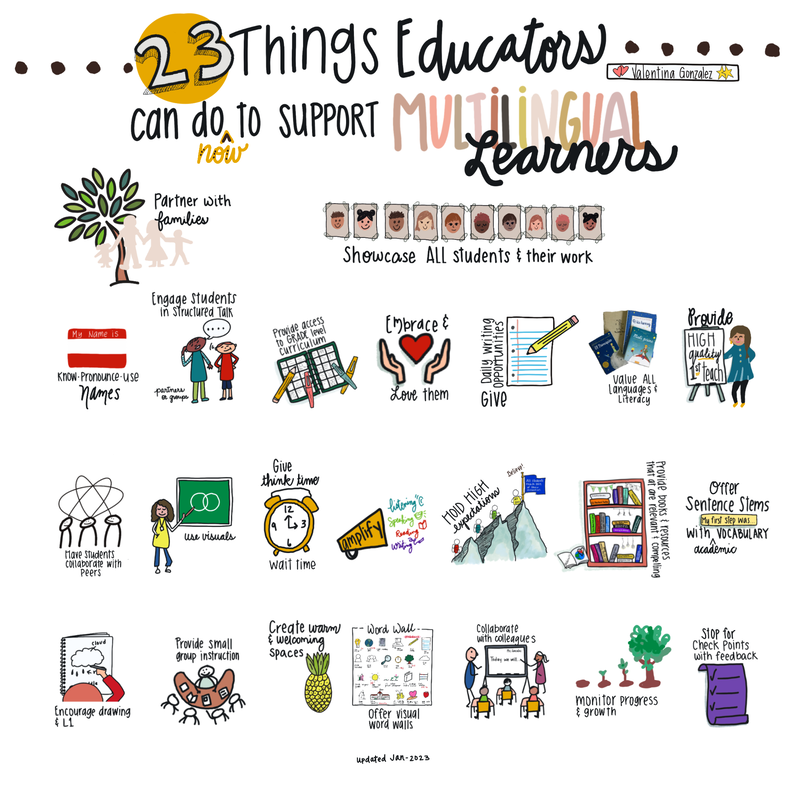



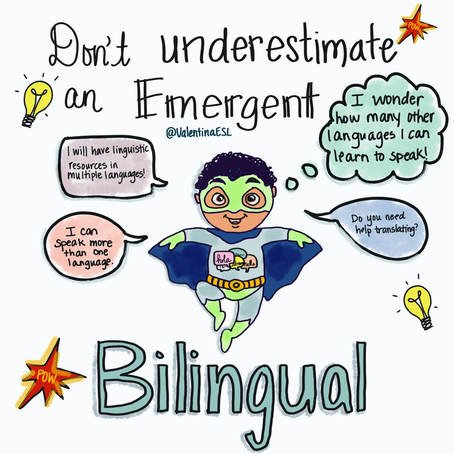



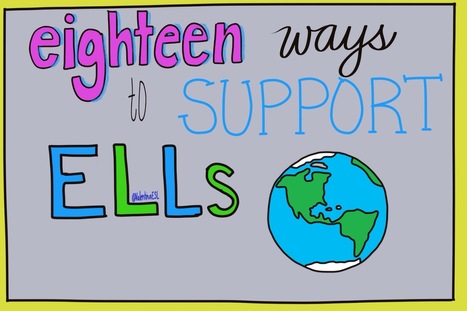

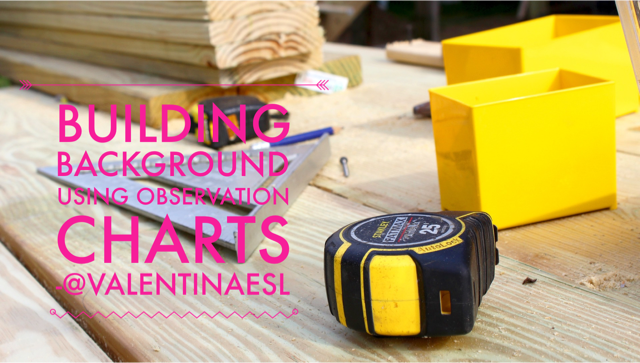
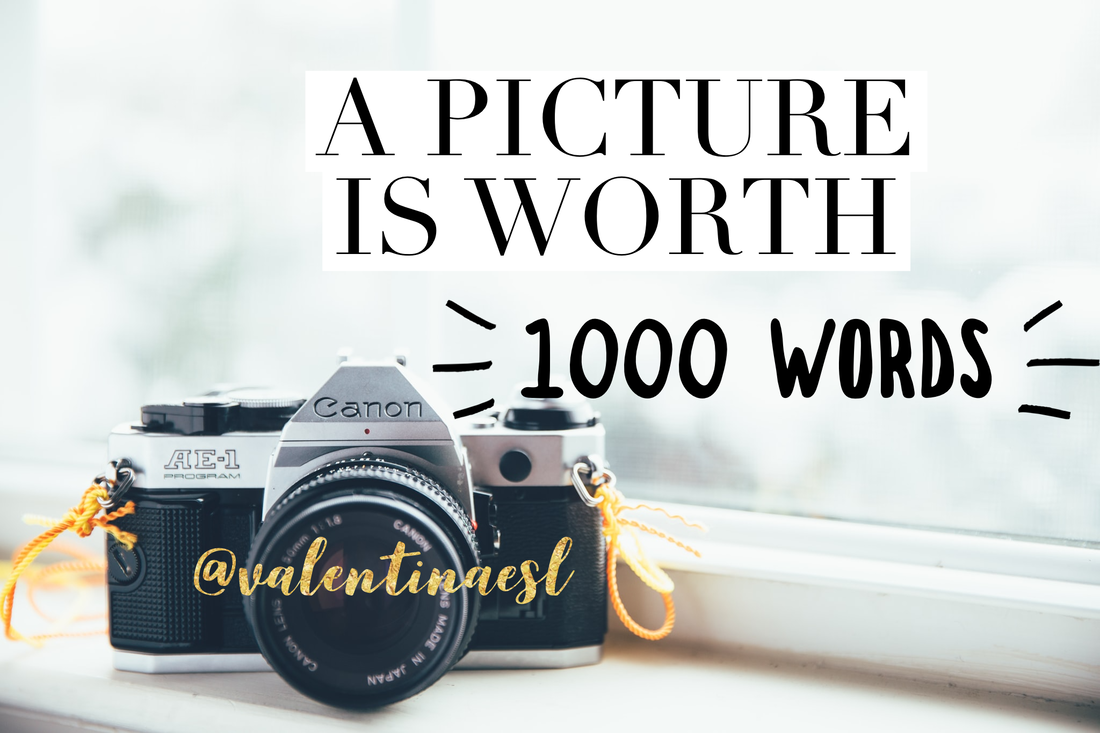
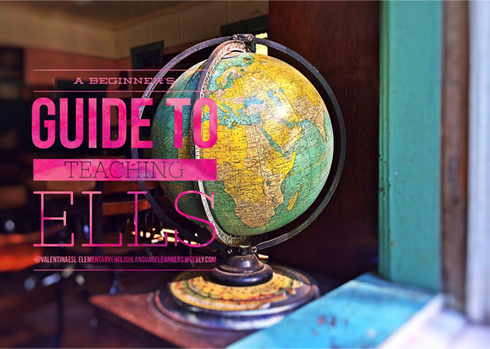

 RSS Feed
RSS Feed
